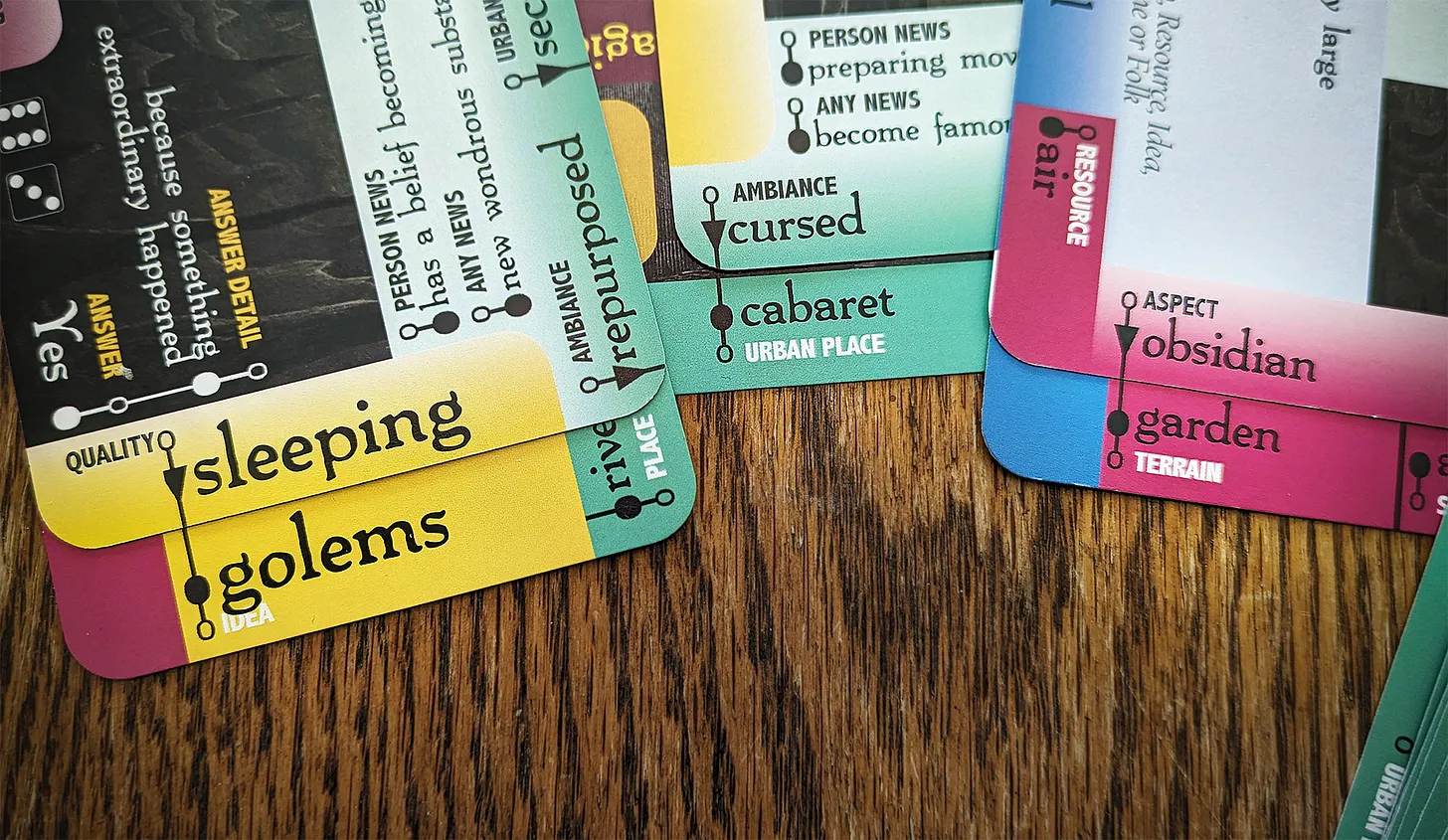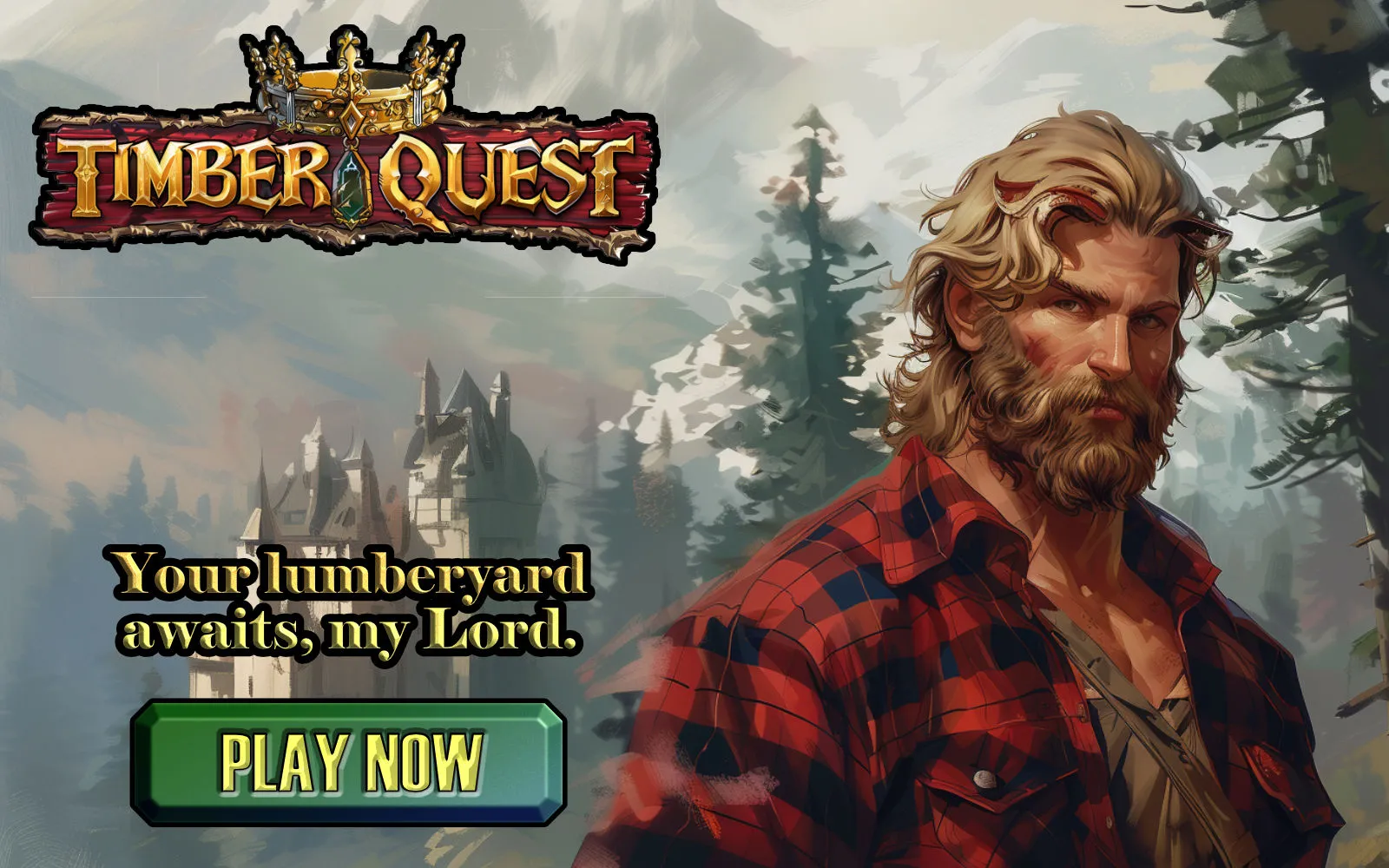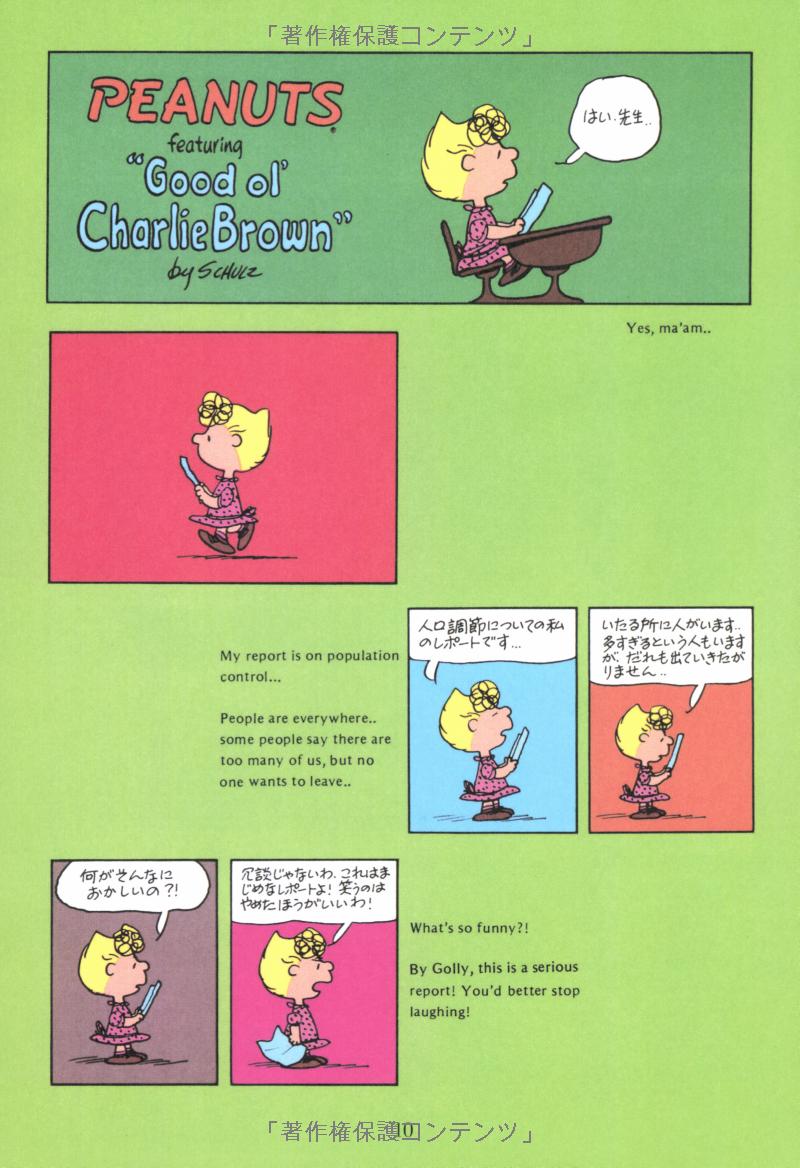
La figura del Digital Hoarder è in costante ascesa. Collezionare significa conservare oggetti che per noi hanno un valore, un significato e che portano a dare un piacere estetico e sensoriale, capace di rappresentare un ottimo ansiolitico, così come un bambolotto è tra le braccia di un bambino. Collezionare è mettere in ordine.
5 Warning Signs You’re a Digital Hoarder
DataHoarder
Ecco la proposta, nata con intento pseudo-umoristico oramai invisibile, di una scala di autovalutazione a 20 livelli:
Level 1: Casual Collector
Starts saving interesting articles, images, or software.
Has a few folders on their device to organize these items.
Level 2: Organized Collector
Creates a more elaborate folder structure to categorize their digital collection.
Regularly downloads new content,
Level 3: The Digital Packrat
Hoards a lot of different stuff, from old notable emails to random screenshots.
Struggles to find specific files due to disorganized storage.
Level 4: The Fearful Deleter
Hesitates to delete anything, fearing potential future need.
Accumulates a massive digital footprint.
Level 5: The Sentimental Saver
Keeps old files with emotional significance, even if they're no longer useful.
Struggles to let go of the past.
Level 6: The Perfectionist Organizer
Spends excessive time organizing and categorizing their digital collection.
Prioritizes perfect organization over actual use.
Level 7: The News Junkie
Subscribes to numerous news feeds and websites.
Downloads and saves every article, regardless of relevance.
Level 8: The Software Collector
Downloads and installs every interesting software program they come across.
Rarely uses most of the software they've accumulated.
Level 9: The Image Hoarder
Saves countless images from the internet, often without a specific purpose.
Has difficulty managing and organizing their image library.
Level 10: The Digital Innovator
Develops new tools and techniques for managing digital clutter.
Creates innovative solutions to common digital hoarding problems.
Level 11: The Selective Saver
Develops a system for evaluating the value of digital content.
Only saves files that are truly important or useful.
Level 12: The Cloud Enthusiast
Utilizes cloud storage services to offload excess digital clutter.
Regularly backs up important files to the cloud.
Level 13: The Digital Minimalist
Realizes the negative impact of digital hoarding.
Starts to declutter their digital life and prioritize essential files.
Level 14: The Digital Detoxer
Takes regular breaks from technology to reduce digital overload.
Limits screen time and social media usage.
Level 15: The Mindful Consumer
Considers the long-term implications of digital consumption.
Avoids impulsive downloads and purchases.
Level 16: The Digital Minimalist Advocate
Encourages others to adopt digital minimalism practices.
Shares tips and strategies for decluttering digital lives.
Level 17: The Digital Zen Master
Achieves a state of digital tranquility and balance.
Maintains a clean and organized digital environment.
Level 18: The Digital Philanthropist
Shares digital resources and knowledge with others.
Donates old devices and software to charitable organizations.
Level 19: The Digital Mentor
Coaches and guides others on their journey to digital minimalism.
Offers personalized advice and support.
Level 20: The Digital Enlightenment
Transcends the limitations of digital hoarding.
Lives a life free from digital clutter and stress.




